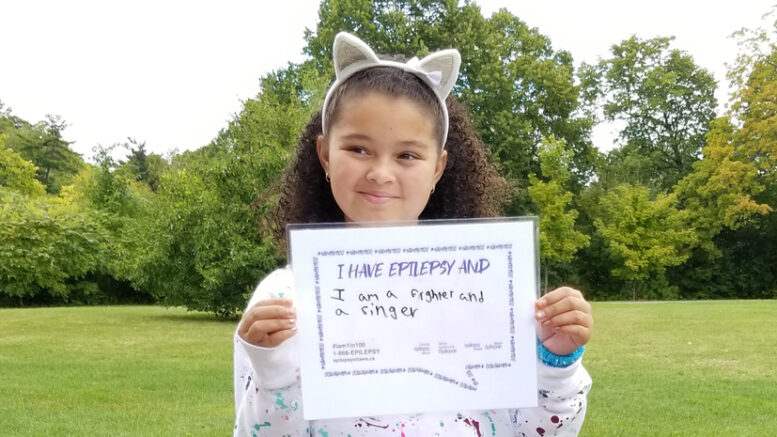Adam Prudhomme
Editor
Shades of purple will be displayed throughout Greater Napanee on March 26 in honour of Epilepsy Awareness Day.
Town council made an official declaration of the day at the request of Epilepsy South Eastern Ontario. The day is marked by encouraging people to wear purple and to make an effort to learn a little bit more about the disorder.
Purple Day is the highlight of March’s Epilepsy Awareness Month.
“The month means a lot to clients,” said Colin Slack, executive director of Epilepsy South Eastern Ontario. “It’s a great chance for those who have epilepsy and seizure disorders to raise awareness about their daily experiences.”
According to the Epilepsy Society, anyone at anytime can develop epilepsy, though it’s most common in children and people over 65. It’s described as not one condition, but a group of ‘epilepsies’ with a tendency to trigger seizures that start in the brain.
Slack says a large number of their cliental comes from Napanee.
“What people don’t realize, it’s one in 100 people that have a diagnosis of epilepsy,” said Slack. “That’s just the people who have epilepsy. If you have epilepsy and it’s active, you can’t drive. You’re now reliant on transportation.”
For clients living in rural regions without a bus system, it can be a challenge.
“In many respects you’re reliant on somebody to get you from A to B and then back again,” said Slack. “The month gives a chance to talk about what the impacts are. It also gives us a chance to decrease stigma that people with epilepsy usually experience, along with their caregivers.”
Slack says the challenges can go beyond the disease itself.
“Persons with epilepsy are at a higher risk of having issues around mental health, enhanced levels of suicide, enhanced levels of depression and anxiety,” said Slack. “They face incredible isolation, which really doesn’t help.”
There is no cure, though deep brain surgery and medication can help manage symptoms. Often times it takes a lot of trial and error to find the right mixes of medication for an individual.
For more information on Epilepsy and the services available, visit http://www.epilepsyresource.org/ or Epilepsy South Eastern Ontario on Facebook.

